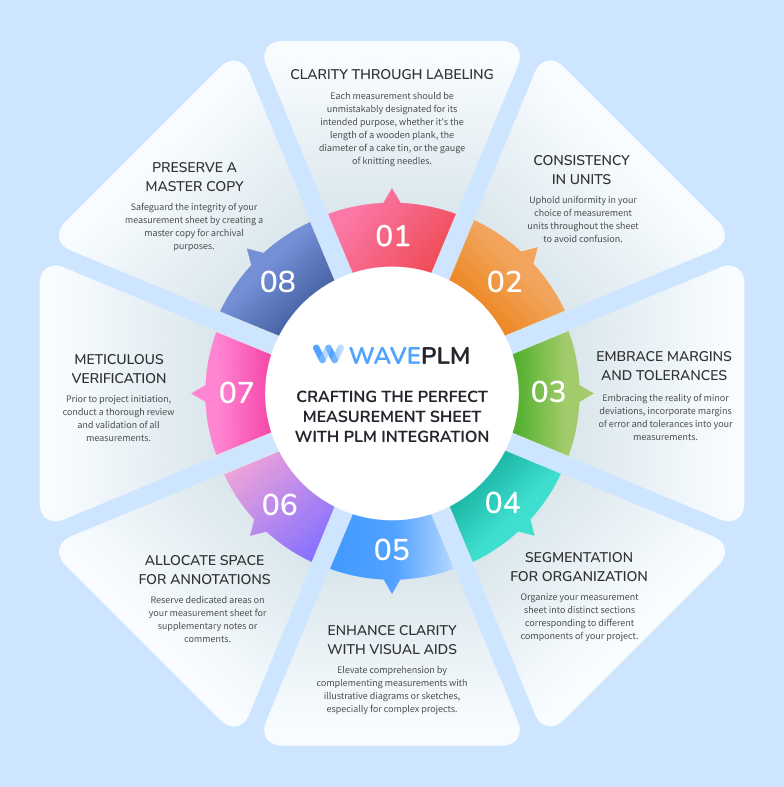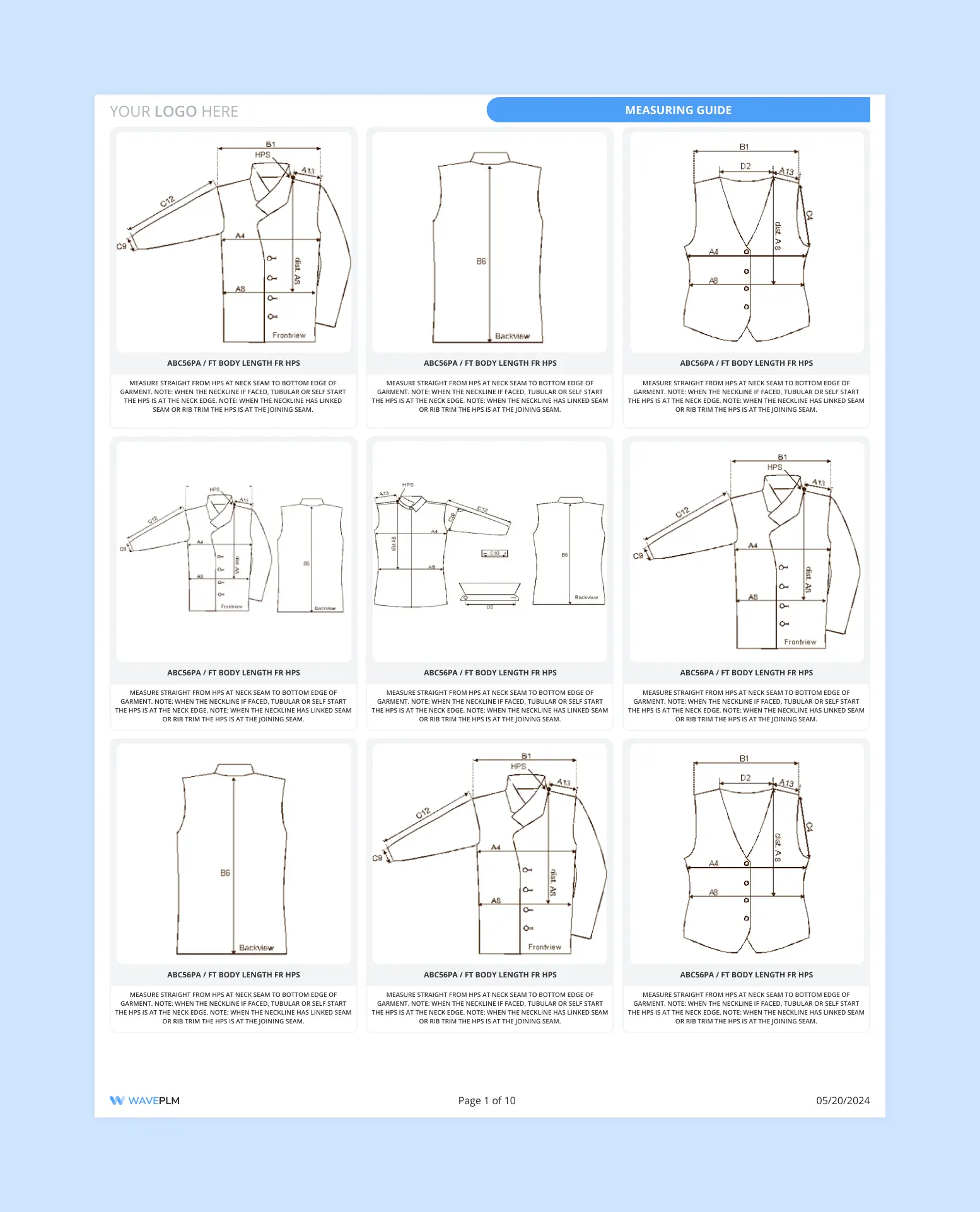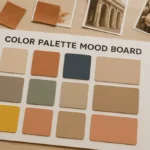In the vast landscape of crafting endeavors, achieving precision is the linchpin of success. Whether knitting, woodworking, or baking, meticulous measurements dictate the quality and integrity of the final product. At the core of this precision lies the often-underestimated tool: the measurement sheet. In this article we find out how do you write measurements to meet all team member’s needs.

1. Clarity Through Labeling
Embark on the path to precision with clear and concise labeling on your measurement sheet. Each measurement should be unmistakably designated for its intended purpose, whether it’s the length of a wooden plank, the diameter of a cake tin, or the gauge of knitting needles.
2. Consistency in Units
Uphold uniformity in your choice of measurement units throughout the sheet to avoid confusion. Whether you opt for inches, centimeters, or another unit system, consistency ensures seamless comprehension and accuracy across all dimensions.
3. Embrace Margins and Tolerances
Embracing the reality of minor deviations, incorporate margins of error and tolerances into your measurements. This flexibility within dimensions accommodates unexpected variations, safeguarding against potential setbacks during the crafting process.
4. Segmentation for Organization
Organize your measurement sheet into distinct sections corresponding to different components of your project. Whether dividing sections for a garment’s bodice, sleeves, and skirt or delineating areas for furniture components, segmentation enhances clarity and facilitates efficient execution.
5. Enhance Clarity with Visual Aids
Elevate comprehension by complementing measurements with illustrative diagrams or sketches, especially for complex projects. Visual aids serve as invaluable tools, elucidating intricate concepts with clarity and precision, enhancing overall understanding.
6. Allocate Space for Annotations
Reserve dedicated areas on your measurement sheet for supplementary notes or comments. This allows for the inclusion of pertinent instructions, adjustments, or insights gathered throughout the crafting process, ensuring comprehensive documentation and facilitating seamless collaboration.
7. Meticulous Verification
Prior to project initiation, conduct a thorough review and validation of all measurements. Rigorous scrutiny minimizes errors and discrepancies, establishing a robust foundation for subsequent project stages and mitigating the risk of costly mistakes.
8. Preserve a Master Copy
Safeguard the integrity of your measurement sheet by creating a master copy for archival purposes. This preserves accessibility for future reference, enabling continuity and informed decision-making in subsequent projects.
In addition to these foundational principles, integrating Product Lifecycle Management (PLM) software into your workflow offers an invaluable resource for maintaining cohesion and accessibility throughout the crafting process.
Wave PLM provides every client with personalized automatically generated reports, including Measurement sheets, which streamlines communication, facilitates collaboration, and ensures seamless coordination across all project stages, from conception to completion.
Here is the example of the report called Measurement guide generated automatically by Wave PLM:
Conclusion
Crafting a comprehensive measurement sheet transcends mere functionality, embodying a testament to meticulous planning and dedication to precision. Through the integration of PLM, artisans empower themselves with enhanced project management capabilities, fostering a culture of efficiency, innovation, and excellence in their crafting endeavors. Thus may they approach the crafting of their measurement sheet with reverence and purpose, embracing the transformative potential of PLM integration.






Leave a Reply